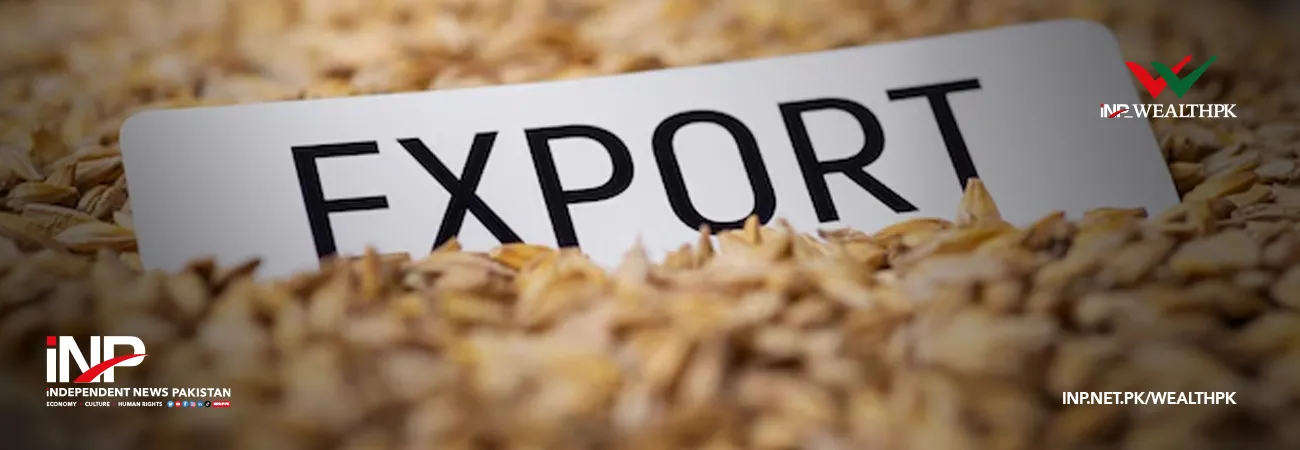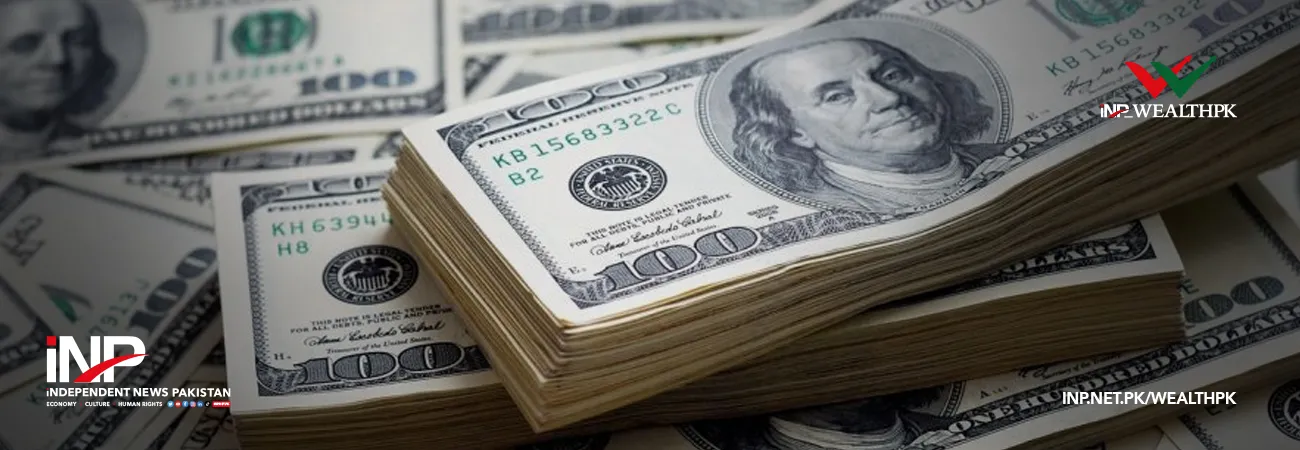INP-WealthPk
By Muskan Naveed
ISLAMABAD, Feb. 21 (INP-WealthPK): Consumption-led growth has been debated to be one of the major hurdles in the sustenance of the growth of the Pakistani economy. However, is it really a problem? Economic theory cites four determinants of Gross Domestic Product – or aggregate demand in an economy.
Aggregate Demand = Consumption + Investment + Government Spending + Net Export
An increase in any of these factors will lead to growth in the GDP. The point of contention is usually the composition of these factors in growth which leads to its sustenance. Economists believe that consumption is not a sustainable source of growth as the opportunity cost is usually investment or exports. In the case of Pakistan, where dwindling foreign reserves pose a far more serious problem, exports and investment-led growth are cited to be more sustainable. Moreover, Pakistan’s limited production capacity also leads to an increase in imports as demand for goods rises because domestic industries cannot match up the demand – further increasing the burgeoning import bill.
The Chinese example:
China is regarded as no less than an economic miracle because of the phenomenal growth the country has achieved. China became one of the largest economies in the world in a short time span and one of the reasons for the success of its economy is investment. Although a recent debate has sparked off against the investment-led nature of China’s growth, the country’s leadership is well-versed in the consequences of investment-led and consumption-led growth and believes the role of policymakers is to drive investment, not aggregate demand – which is accurate as government intervention in driving up aggregate demand may pose other challenges. The Chinese example is also cited as a reason why Pakistan should focus on shifting the nature of the aggregate demand towards investment.
Consumption-led growth in Pakistan:
Around 80% of the growth of Pakistan has been contributed by private consumption with investment accounting for only 15.2% and net exports causing a negative of 8.3%.

Figure 1: Data source - Pakistan Economic Survey (2020-21)
According to seasoned economist Dr. Ashfaque Hassan Khan, growth is by default consumption-led because of the identity of growth. Theoretical framework of economics suggests that all that is produced is either consumed or exported and since Pakistan’s net exports are in the negative, consumption remains to be the only factor driving up the economy. This argument negates all that is against consumption-led growth. Consumption is an integral component of aggregate demand. It drives up demand in the economy which leads to a boost in industrial production; hence, increasing employment and the standard of living through increased income. Moreover, it would not be fair to compare Pakistan with China in making a case for investment-led growth because the scale of the Chinese economies is different altogether. China has a $14.72 trillion economy while the size of the Pakistani economy is just $263.7 billion – a bleak figure when compared with the behemoth of China. In conclusion, while it is just to say diversification is a good policy, consumption-led growth in Pakistan has received a disproportionate amount of backlash. The policymakers of the country should focus on investment and drive up the export capacity of the country but not at the cost of consumption.












